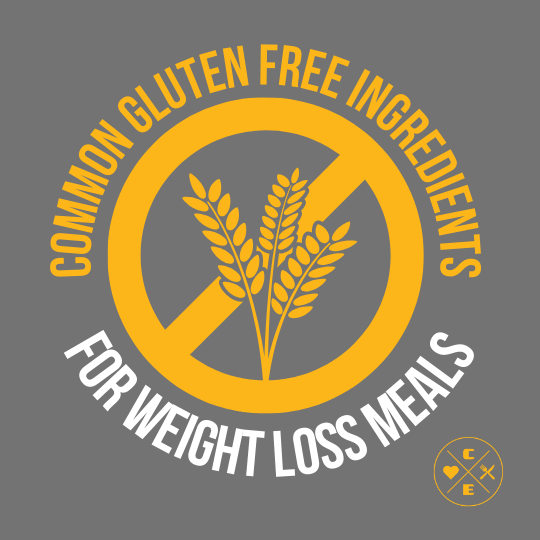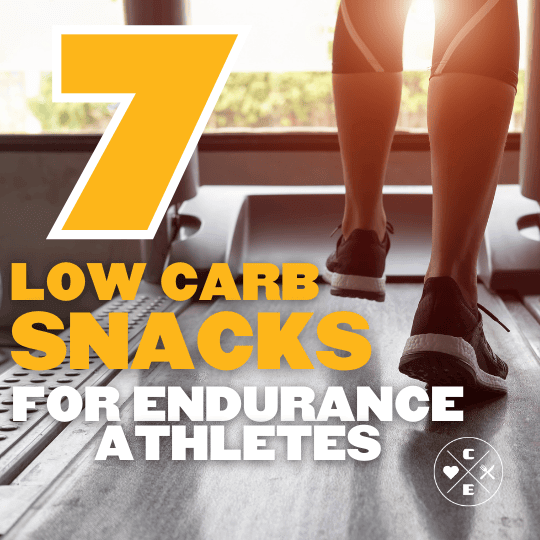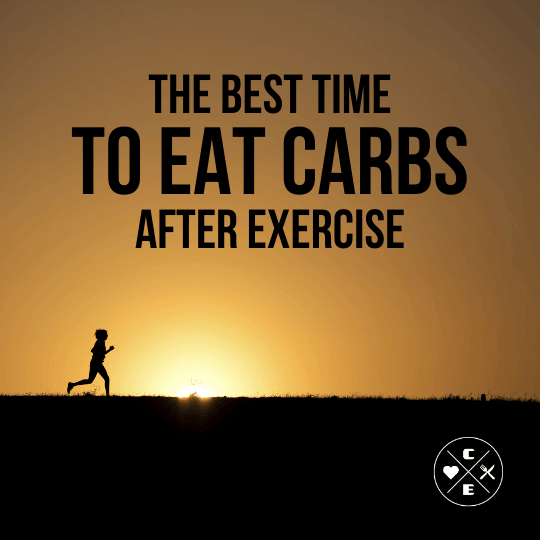
Common Gluten-Free Ingredients for Weight Loss Meals
Jason Nista
Nutrition
|
Weight Loss
7 minute read
Table of Contents
Want to lose weight on a gluten-free diet? It’s not just about cutting out gluten - it’s about choosing the right foods. Here’s what you need to know:
- Focus on Whole Foods: Ingredients like quinoa, buckwheat, and lentils provide fiber and protein to keep you full.
- Smart Baking Alternatives: Use almond and coconut flours for low-carb, high-fiber options.
- Healthy Fats: Avocado and chia seeds help you stay satisfied longer.
- Avoid Processed Gluten-Free Products: These can lead to weight gain if not managed carefully.
Quick Tip: Meal delivery services like Clean Eatz Kitchen offer pre-portioned, gluten-free meals to save time and ensure portion control.
Ready to learn how to make gluten-free weight loss work for you? Keep reading for ingredient details, cooking tips, and meal planning strategies.
Top Gluten-Free Ingredients for Weight Loss
Gluten-Free Grains: Quinoa, Millet, Buckwheat
Gluten-free grains like quinoa, millet, and buckwheat are packed with nutrients that can support weight loss. Quinoa, for example, has 8g of protein per cooked cup [1], which is higher than wheat’s 6g. Buckwheat provides 4.5g of fiber per cooked cup [2], making it a great choice for staying full longer.
| Grain | Protein | Fiber | Key Benefits |
|---|---|---|---|
| Quinoa | 8g/cup [1] | 5g/cup | Contains all essential amino acids |
| Buckwheat | 6g/cup | 4.5g/cup [2] | Low glycemic impact for steady energy |
In addition to whole grains, gluten-free flours are a great option for baking with weight-loss goals in mind.
Baking with Almond and Coconut Flour
Almond and coconut flours are excellent low-carb options for baking. Almond flour contains 6g of protein and just 3g of net carbs per quarter cup [3], while coconut flour offers a whopping 10g of fiber per quarter cup [4]. For the best results, use almond flour as a 1:1 substitute for wheat flour, and combine it with coconut flour (about 1/4 to 1/3 cup per cup of wheat flour) to achieve the right texture and moisture balance.
Plant Proteins: Lentils, Chickpeas, Tofu
Plant-based proteins like lentils, chickpeas, and tofu are nutrient-rich and help with weight loss by keeping you full. Lentils deliver 18g of protein and 15g of fiber per cooked cup, while tofu provides 10g of protein per half-cup serving [5][6].
"Plant proteins can be just as effective as animal proteins for muscle maintenance and satiety when consumed in adequate amounts" [12].
Thickeners: Psyllium Husk and Xanthan Gum
Psyllium husk and xanthan gum are low-calorie thickeners that enhance texture without adding unnecessary calories. Psyllium husk works well for binding and thickening when used in small amounts (1-2 teaspoons per recipe). Xanthan gum is highly effective too, with just 1/4 to 1/2 teaspoon needed per cup of flour for better texture [8].
Healthy Fats: Avocado and Chia Seeds
Healthy fats like avocado and chia seeds can help you feel satisfied for longer. Avocado contains 10g of fiber per fruit, while chia seeds pack 5g of fiber per tablespoon [9][7]. Add chia seeds to smoothies or use them as an egg substitute in baking. Avocados are perfect as a spread or tossed into salads for a creamy texture.
Fixing Common Gluten-Free Cooking Issues
Making Light, Smooth Gluten-Free Baked Goods
Getting the right texture in gluten-free baked goods can be tricky, but the key lies in using the right combination of ingredients and techniques. A mix of flours like rice flour, almond flour, and tapioca starch works well to create a balanced texture [1]. To help everything stick together, add 1/4 teaspoon of xanthan gum for every cup of your flour blend [1].
Dryness is another common challenge. You can counter this by including moisture-packed ingredients like Greek yogurt or applesauce [2]. Letting your batter rest for about 30 minutes before baking allows the flours to absorb liquid properly [2]. For an extra lift in cakes and muffins, try adding a splash of carbonated water to the batter [1].
Reducing Blood Sugar Impact of Gluten-Free Starches
To manage blood sugar while cooking gluten-free, consider using alternatives like green banana flour, which has a 40% lower glycemic impact [2]. Pairing starches with protein and healthy fats can also help stabilize blood sugar levels [6].
In addition, keeping your cooking space strictly gluten-free helps prevent accidental contamination, which could interfere with these dietary efforts.
Keeping Your Kitchen Gluten-Free
Avoiding cross-contamination in a gluten-free kitchen requires careful planning. Set aside specific areas and tools for gluten-free cooking [9]. This ensures that hidden gluten doesn’t sneak into your meals, which could cause inflammation or other issues.
Here are some helpful tips:
- Use separate cutting boards, utensils, and bakeware [9]
- Store gluten-free products on higher shelves [10]
- Thoroughly clean surfaces before cooking [10]
Proper cleaning practices can reduce gluten contamination on shared equipment to meet FDA safety standards [Journal of Food Protection].
High Protein, Low Sugar, and Naturally Gluten-Free Meal Plan for 7 Days
sbb-itb-1989a25
Gluten-Free Meal Delivery Services
For those running gluten-free kitchens, meal delivery services can help minimize cross-contamination risks while also simplifying portion control.
How Portion Control Supports Weight Loss
Meal delivery services make calorie control easier with pre-portioned servings, typically between 400-600 calories. This aligns with weight loss strategies by incorporating balanced nutrition, such as plant proteins and healthy fats, to help achieve weight management goals [4].
Clean Eatz Kitchen Gluten-Free Options
Clean Eatz Kitchen provides gluten-free meals featuring ingredients like buckwheat and psyllium husk (discussed in the Thickeners section) as part of their Weight Loss Meal Plan. In 2022, they introduced 15 new gluten-free dishes, including quinoa and chia seeds - both known for their nutritional benefits and weight-loss-friendly properties [2].
| Plan | Price | Key Features |
|---|---|---|
| Weight Loss | $49.99 | 600-calorie meals with quinoa, chia |
| High Protein | $59.95 | Gluten-free meals with 30g+ protein |
| Custom | $53.95 | Choose from a rotating monthly menu |
Time Saved: Delivery vs. Home Cooking
Meal delivery services can save 18-26 hours per week by cutting out meal planning (1-2 hours), grocery shopping (2-3 hours), and cooking/cleanup (15-21 hours) [7][8][13]. On average, Americans spend 37 minutes daily preparing and cleaning up after meals [13], making meal delivery a practical option for those with packed schedules.
Although the cost per meal ranges from $8 to $12 [9], many find the convenience and portion control benefits well worth the price.
Conclusion: Success with Gluten-Free Weight Loss
This article highlights how focusing on whole-food ingredients instead of processed substitutes can lead to effective gluten-free weight loss. For example, 27% of overweight celiac patients reached a normal weight within two years of adopting a gluten-free diet [1]. These findings tie directly to the ingredient strategies and meal delivery options explored here.
Prioritizing the right ingredients and managing portions are at the heart of this approach. Meal delivery services, as analyzed, help tackle three common challenges in sticking to a gluten-free weight loss plan:
- Portion control made simple and consistent
- Quick meal prep for busy schedules
- Safe food practices to avoid cross-contamination
Switching out processed foods for nutrient-rich options while keeping portion sizes in check is key. However, just cutting out gluten isn’t enough for weight loss - it’s about making healthier, long-term dietary changes, not temporary fixes [1][11].
FAQs
Questions often arise when trying to target specific fat areas. Here's one that comes up frequently:
How to lose belly fat on a gluten-free diet?
Losing belly fat while sticking to a gluten-free diet means focusing on nutrient-packed foods that support fat loss. Prioritize high-fiber and protein-rich options to maintain a calorie deficit without compromising your dietary needs.
Best Gluten-Free Foods for Fat Loss:
Protein-Packed Choices
Greek yogurt (loaded with probiotics), eggs for key nutrients, and lean meats or fish.Smart Carbs
Cauliflower (a great low-calorie swap) and berries for their fiber and antioxidants.Healthy Fats
Olive oil (stick to 1-2 servings a day) and nuts in controlled portions.
A Word of Caution: Cutting out gluten alone won't help you lose belly fat. Research shows that 81% of people actually gained weight on poorly managed gluten-free diets due to overeating processed alternatives [11]. This highlights the risks of relying on gluten-free junk food.
For better results, pair these foods with balanced, portion-controlled meals like those from Clean Eatz Kitchen, and steer clear of processed gluten-free products.
Related Articles
7 Low-Carb Snacks for Endurance Athletes
13 minute read
Top 7 Fish-Free Meal Delivery Services
12 minute read
Best Time to Eat Carbs After Exercise
7 minute read



